The Bikram Yoga practice is referred to as a 90-minute moving meditation, and is a powerful meditative practice, if you allow for it. One instructor says, “Bikram’s teachings, my words, your body.” What this means is to not let your mind wonder in its own direction altering poses or the timing of the series. Instead, focus on the words being said and follow along with your body's movements.
The series has been carefully put together so that each posture prepares the body for the next. These series of movements were designed for maximum healing benefits. It is not a free-style type of practice where everyone moves to a different pace.
When you get into the meditative state your mind benefits as much from the practice as your body does.
The practice was designed to thoroughly follow the teacher’s exact instruction and not go into or out of the posture before or after instructed to do so. When the class stays together, a beautiful energy, a flow, takes place among the practitioners. It’s an energy from which they can feed off of one another creating a stronger, more focused practice.
There’s another importance to those words, they are emphasized to protect different parts of the body and help prevent injury. One of the first ones you may hear is, “are you breathing?” Keep this in mind and check in with yourself throughout the entire practice. It doesn’t matter how deeply one thinks they can go into a posture if they are not breathing naturally, calmly, and through the nose. When you master this one skill, it allows for a deeper expression of the posture than when holding the breath or breathing too hard.
The instruction of sucking the stomach in and holding it in during forward folds protects the lower back. During the floor series in wind-removing pose, the calf of the leg extended should be touching the floor; this keeps the hips in alignment. Another phrase that is heard in class is, “chest up,” this also protects the lower back and ensures the posture is strengthening the correct part of the back whether it is lower, middle, or upper.
Lastly, “lock your knee.” Locking the knee in postures like standing head to knee is important so that you don’t hyper extend the knee joint. It also allows for the hamstrings to safely stretch.
So while it isn’t always fun to listen to instructions in the Bikram Yoga studio, it’s important to do so to get the most out of your practice.

